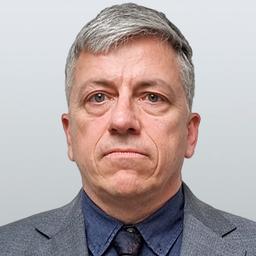Twenty years ago, the hunt was still active for key members of Saddam Hussein’s regime in Iraq, who had been ousted by the U.S.-led invasion in March 2003.
Now, following the capture of Damascus by the Syrian rebels, it’s the turn of those who played key roles in the regime led for 24 years by Bashar al-Assad and his father, Hafez, before him.





